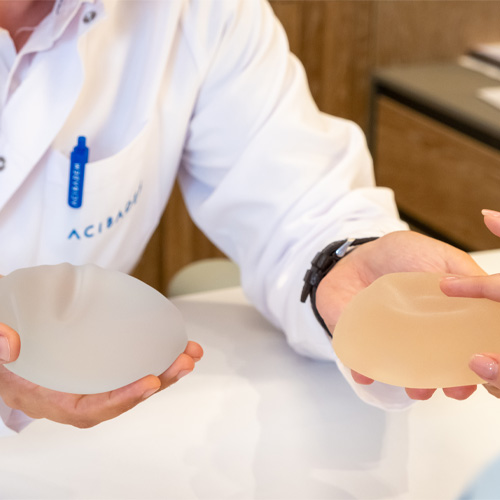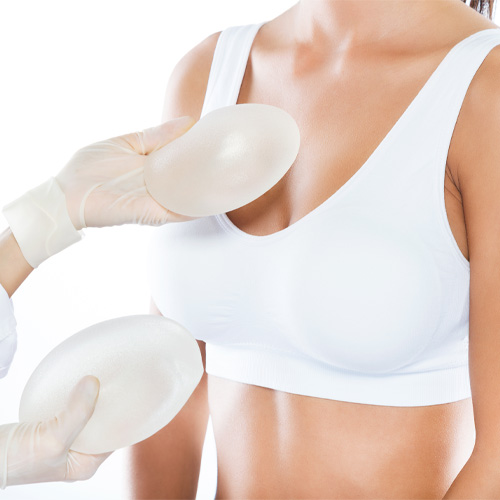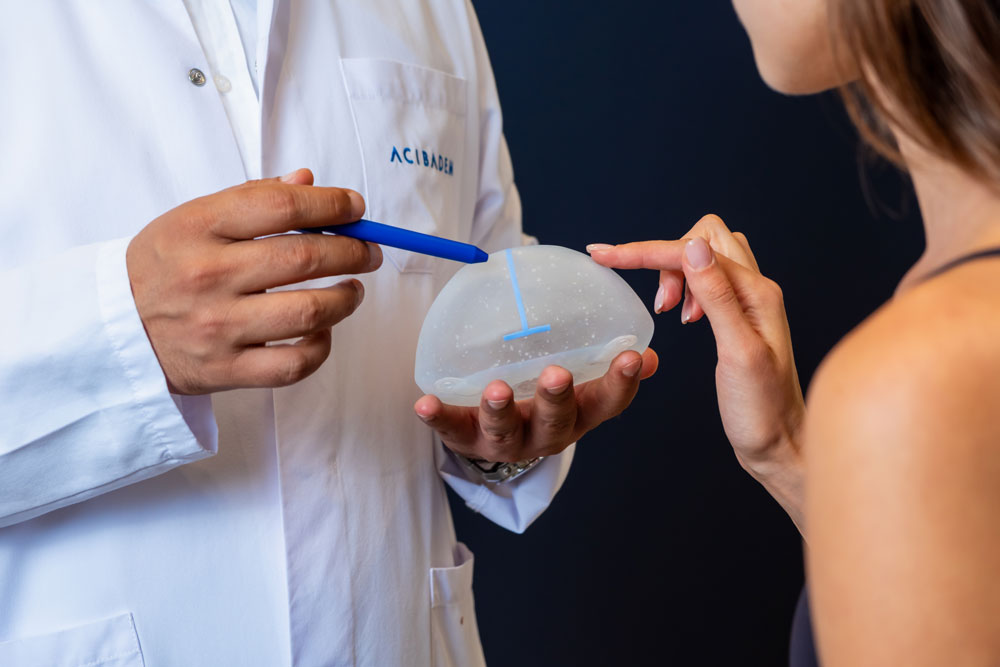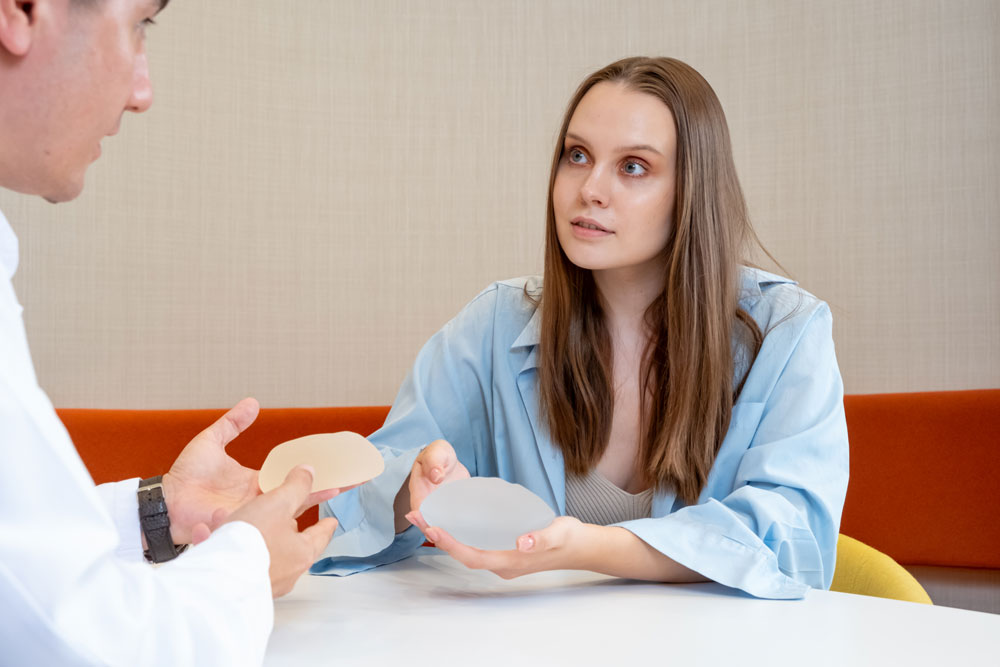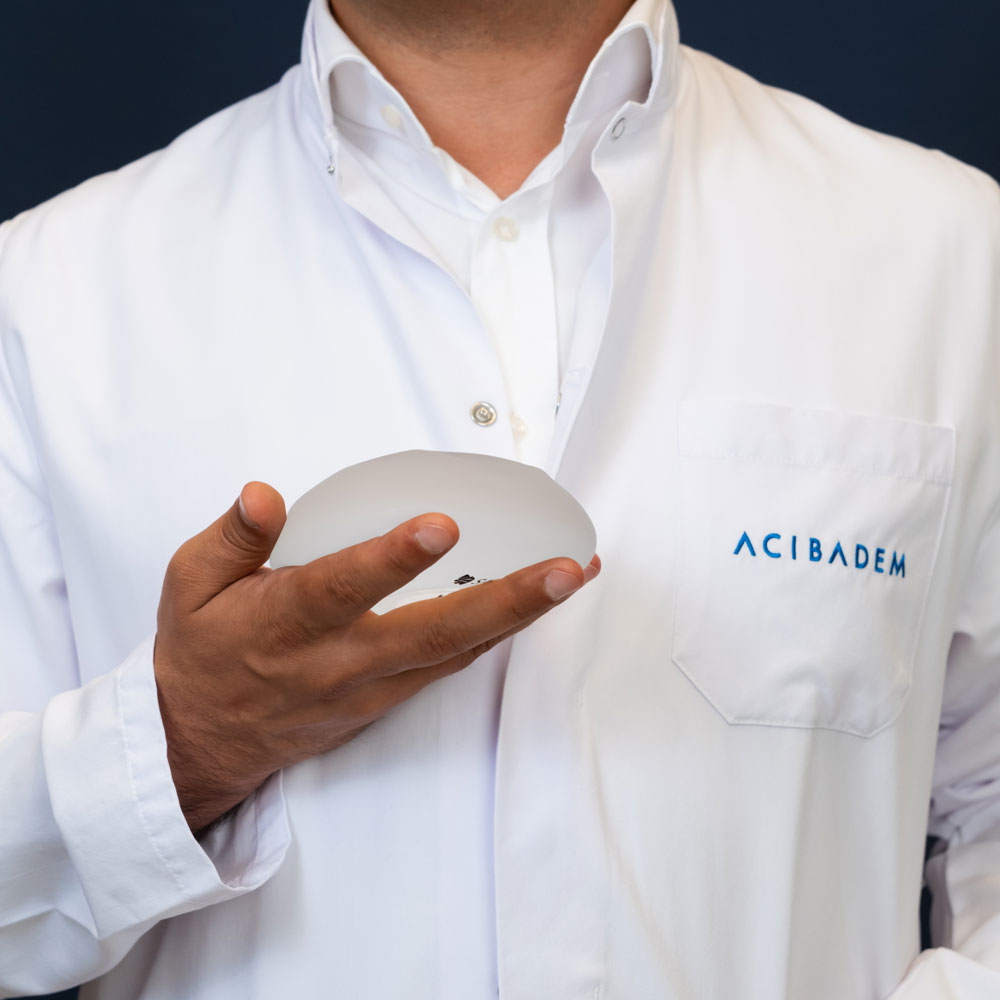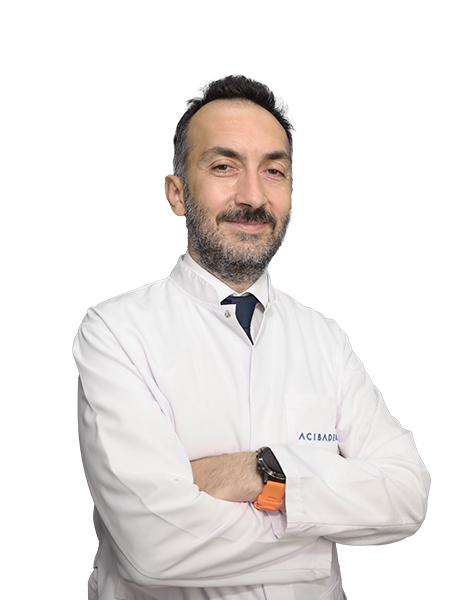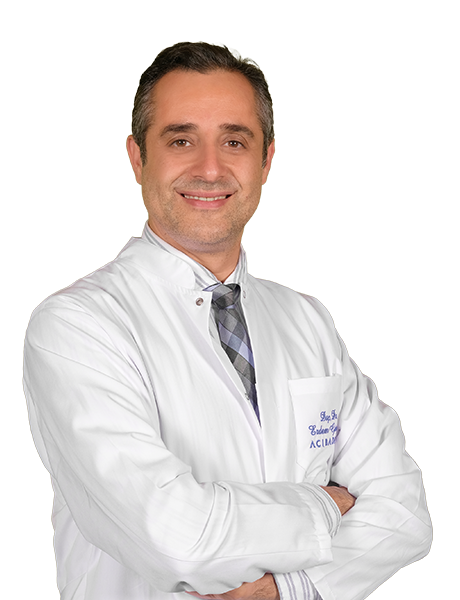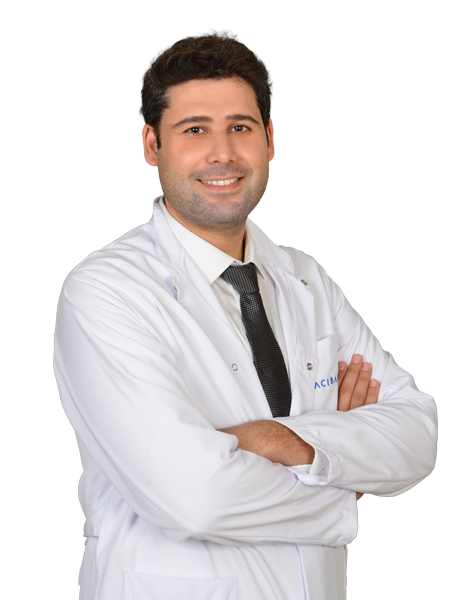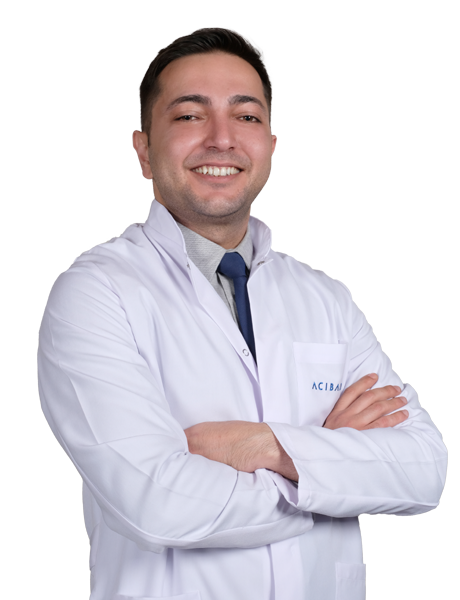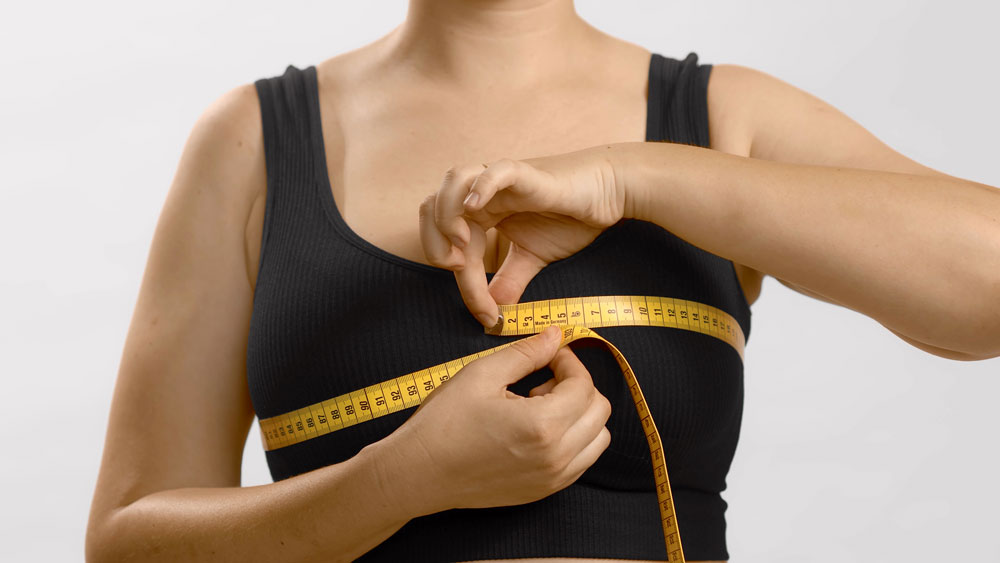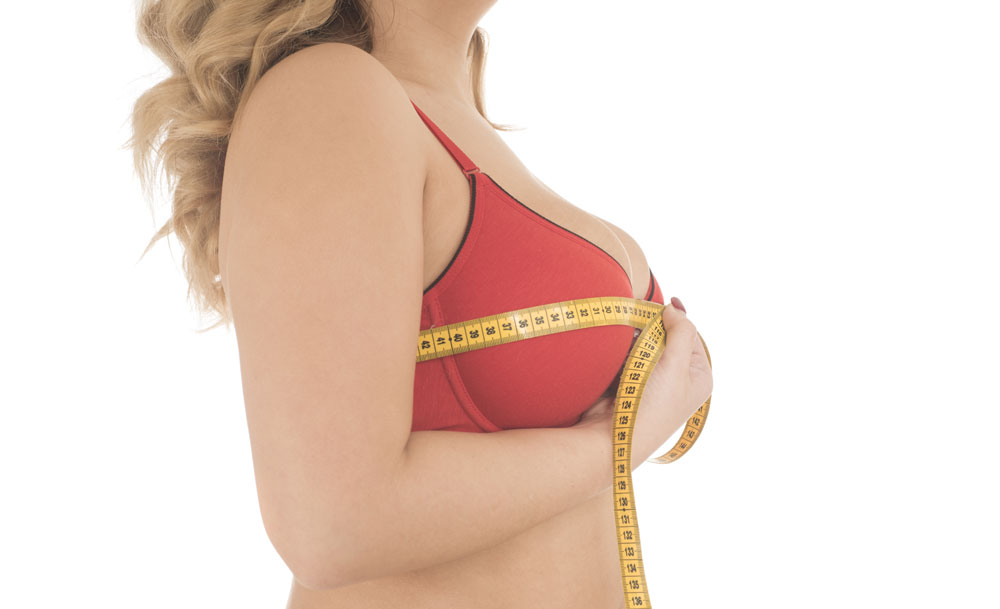What Is Breast Augmentation?
Breast augmentation is a joint cosmetic surgery that aims to increase the breast volume to have a more symmetrical and desired appearance. There are two main ways of breast augmentation. It can be operated either by placing silicone implants. Breast augmentation with fat transfer is the other technique that can be used. To decide on the best option that is appropriate for your body, age, health condition, and desires you should consult a professional and certified surgeon about the best option for you.
The breast silicone is selected according to the patient’s weight, height, chest wall, breast structure, and the patient’s desire by the patient and the doctor’s decision. The operation takes 2-3 hours under general anesthesia, and 1-2 days of hospitalization are required. Drains placed on the breast for the infected blood discharge are removed within 1-3 days. Patients are asked to wear a special corset bra for one-month post-surgery. Breast augmentation is usually made with an incision under the breast, seldomly around the nipple. The surgery scars are permanent, and their color becomes lighter over time.
